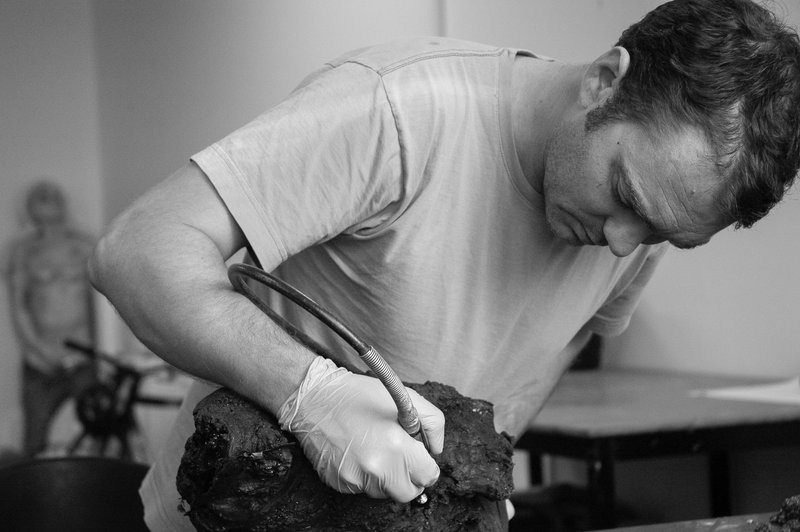
Professional arts courses that had been ruled ineligible for student loans and student assistant payments have been returned to the Vocational Education and Training (VET) Student Loans list following the expert collaboration of national bodies including NAVA. However, many valuable arts courses have been overlooked.
“I am delighted to see Karen Andrews, Assistant Minister for Vocational Education and Skills, recognise the value of arts education in reinstating these key diploma courses as eligible for student support,” said Esther Anatolitis, Executive Director of NAVA. "This is an important acknowledgement of the importance of arts education to the Australian culture – and NAVA looks forward to seeing all removed arts courses reinstated for the benefit of all Australians.”
Earlier this year, NAVA was contacted by students and their parents who’d been shocked to learn that, from 1 January 2018, the vocational arts course they had enrolled in would only accept them if they paid all fees upfront and were able to support themselves without any financial assistance. NAVA also spoke to dual sector educational institutions – universities who also offer TAFE programs – who had been unaware of the changes and unable to inform incoming students.
As a member of the National Advocates for the Arts in Education (NAAE), NAVA collaborated with key national bodies to make the impacts of the changes clear to tertiary education institutions and well as to the Australian Government. Several diploma courses have now been reinstated onto the VET Student Loans list as a result of this work.
The change means that all students enrolled in these courses are able to defer course fees, apply for student loans and apply for Youth Allowance or Austudy. For regional students relocating for study, or for the majority of students who lack non-employment sources of income, this is the only way to afford the vocational education which will enrich their careers.
Reinstated courses include the Diploma of Aboriginal and Torres Strait Islander Visual Arts Industry Work – an essential program in formal training that addresses many of the issues highlighted in the Fake Art Harms Culture campaign, a collaboration between the Indigenous Art Code, Copyright Agency | Viscopy, the Arts Law Centre of Australia and NAVA.
Other reinstated courses include diplomas in dance, design and local government, with full details here.
Still awaiting reinstatement are courses such as diplomas or advanced diplomas in Photography, Visual Communication, Ceramics, Jewellery and Object Design – courses whose alumni are some of the best-known artists, designers and makers in Australia. TAFEs with whom NAVA spoke today were uncertain about the future status of those professional programs and concerned for their students.
Further, NAVA strongly supports NAAE’s call for setting the student loan cap for arts courses at the highest Australian Government rate of $15,000 per year. Studio-based vocational arts courses are highly labour- and materials-intensive, requiring a significant investment in time and resources from the student.
“Vocational arts courses employ professional artists to teach specialised programs that launch and sustain life-long careers,” said Ms Anatolitis. “Australia’s future innovation rests in the hands of our most creative people. ‘Employment’ for them does not mean a linear career path but a diverse portfolio of local and international entrepreneurship – work that relies on high-quality Australian education. NAVA looks forward to celebrating the reinstatement of all vocational arts courses to the VET Student Loans eligibility list.”
ENDS
Media enquiries:
Esther Anatolitis
Executive Director
1800 046 282
Image: Tim Silver, photo by Joan Cameron-Smith courtesy of NAVA.






